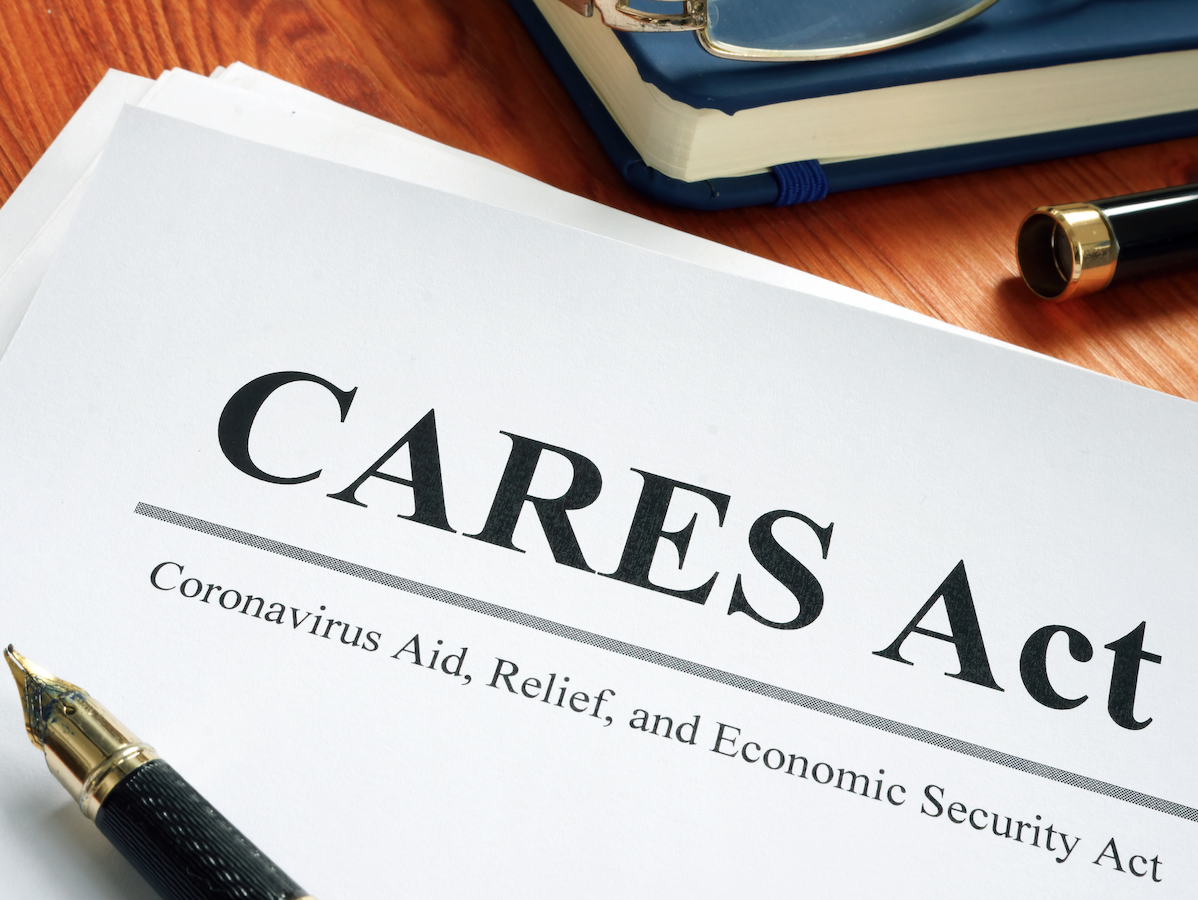The CARES Act was enacted in March of 2020 and appropriated $14 billion for a Higher Education Emergency Relief Fund (HEERF). $12.6 billion was allocated for grants given to schools to prevent, prepare for, and respond to COVID-19.
The Government Accountability Office (GAO), a non-partisan research arm of the United States Government issued the first of a series of reports on key federal efforts to address the pandemic, which included a description of the Department of Education’s distribution of HEERF grants to schools and the Department of Education’s communication with schools about student eligibility for emergency student aid. This report, released in April of 2021, builds on previous reports and examines how HEERF emergency student aid funds were provided to schools under the CARES Act and how schools distributed emergency student aid to eligible students. Highlights of the report can be found below:
The CARES Act directed the Department of Education to allocate HEERF funds using a specific funding formula.
- 75% of funds were distributed based on a school’s relative share of full-time equivalent enrollment of Federal Pell Grant recipients who were not exclusively enrolled in distance education prior to the coronavirus emergency.
- 25% of funds were distributed based on a school’s relative share of full-time equivalent enrollment of students who were not Federal Pell Grant recipients and who were not exclusively enrolled in distance education prior to the coronavirus emergency.
- Only students who are, or could be, eligible for federal student aid programs could receive emergency student aid grants. Students who are not eligible include undocumented students (e.g. DACA students).
HEERF emergency student aid was allocated to 5,136 schools that participated in federal student aid programs.
-
- As of November 2020, the department had awarded $6.19 billion to 4,778 schools that applied for HEERF emergency student aid funds.
- Of the 5,136 schools included in the department’s initial allocations, 358 did not apply for an award, leaving approximately $63 million in funding unobligated as of November 20, 2020.
- Among the schools that did not apply for funds were those with significant endowments/
- By sector, the majority of HEERF funds were allocated to public 4-year institutions.
- $3.1 billion was allocated to public 4-year institutions.
- $1.3 billion was allocated to public 2-year institutions.
- $1.1 billion was allocated to private nonprofit 4-year institutions.
- $372.8 million was allocated to private for-profit 2-year institutions.
- $167.7 million was allocated to private for-profit 4-year institutions.
- Schools determined student eligibility for emergency student aid differently.
- Half of schools reported that they used the FAFSA to determine student eligibility for emergency student aid.
- Some schools allowed students who did not already have a FAFSA on file to complete one within a set time period.
- The average amount provided to individual students was approximately $830.00
- Of the 203 schools sampled by GAO, the average amount provided per student ranged from about $189 up to about $2,600.



